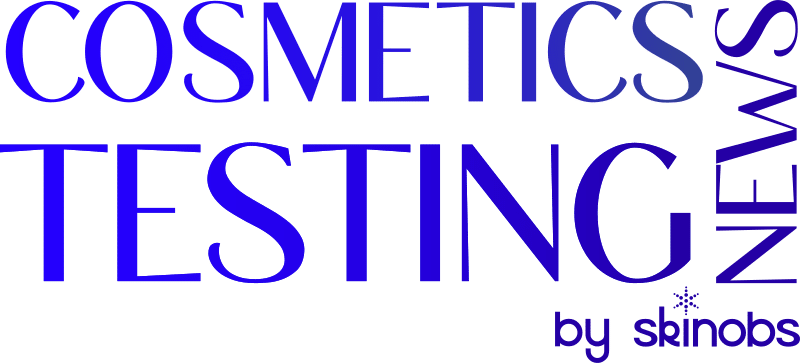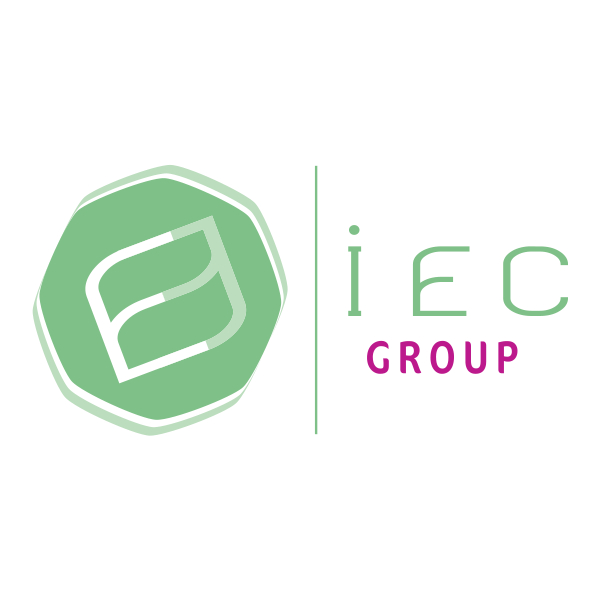The biomechanical properties of human skin play an important role in its integrity and ability to remain intact.
IEC has an expertise in this field since 1994 in participating in several research projects and congresses [IFSCC Cannes 1998: Investigations on strech marks, tensing, firming products], [ISBS Lisboa 2016: immediate and long term effects with illustration of skin deformations], [Cosmetotest, Lyon 2024: non-contact measurements for investigating the effect of cosmetic products, as well as the thesis “Dynamic non-contact measurement SkinFlex ®” in collaboration with Orion TechnoLab in 2020.
Biomechanical properties are assessed using subjective (visual and tactile) evaluation methods during an In Use Test and/or objective methods to measure the effects of cosmetic products, particularly when we want to claim “restructuring, protective, repairing, anti-wrinkle, anti-aging” effects…) The effects can be quantified on the surface, at micro-relief level, but also deep in the epidermis and/or dermis.
The previous claims can be assessed either after “induced” stress, which can be mechanical (stripping), chemical (SLS) or UV exposure (ORIEL lamp). These methods make it possible to reproduce, over a limited period of time, the effects of various external aggressions (exposure to UV rays, pollution ….) and the benefits of cosmetic products on the viscoelastic properties of human skin.
Damage to the biomechanical properties of facial and body skin, resulting in skin aging, can also be assessed when these areas have been “naturally” damaged in the case of photo-aged skin, or in the case of stretch marks characterized by strong anisotropy and presenting degraded viscoelastic properties.
In order to assess the skin’s biomechanical properties, it is possible to follow the evolution of various parameters such as microrelief restructuring, wrinkle reduction, dermal thickness, firmness/tonicity/elasticity.
As previously mentioned, tactile scores realized by trained expert and supplemented by subjects’ self-assessments can be used to evaluate skin firmness, density and elasticity.
Instrumental methods relating to the biomechanical properties of the surface enable the restructuring effect corresponding to an improvement in micro-relief to be claimed by following changes in the micro-depression network [Cyanocylate / Moisture Map ® MM200 (C & K)] and/or structural parameters such as entropy, anisotropy index [Moisture Map MM200, Visioscan ® VC20 (C& K)]; C-cube (Pixience)].
To determine the depth effect of a cosmetic product, the use of an ultrasound device with a 25 MHz probe [Dermcup ®] provides information on the structure of the dermis and the mechanical properties of the skin.
The firming effect of a product, such as firmness and elasticity, can be assessed by deforming the skin under the effect of suction [Cutometer TM (C&K)] or torsion [Torquemeter TM (Diastron)].
A calibrated air jet can be used to deform the skin. This quantifies the volume of depression, surface area, depth and firmness immediately after product application [SkinFlex TM (Orion Concept)], [DynaSkin V1 TM & Dermatop (Eotech)], but also the latest version of DynaSkin V2 TM coupled with AEVA (EOTECH), which not only provides results on the skin’s biomechanical properties, but also information on the whole face (plumping effect on cheekbones, lower cheeks / anti-wrinkle effect…).
Based on its multi-ethnic panel due to the geographical distribution of its centers [Europe, Asia, Africa] and its new integration in SGS Group, IEC entity offers a global evaluation of the biomechanical properties of the skin on different skin types.
CONTACT
Jean-Robert Campos
Scientific Director
jean-robert.campos@sgs.com
www.iecfrance.com
www.skinobs.com/c/labo.php?id=7






